U.S. tariffs spark North American trade war
Tariffs on Canada, Mexico, and China lead to market turmoil and growing inflation concerns
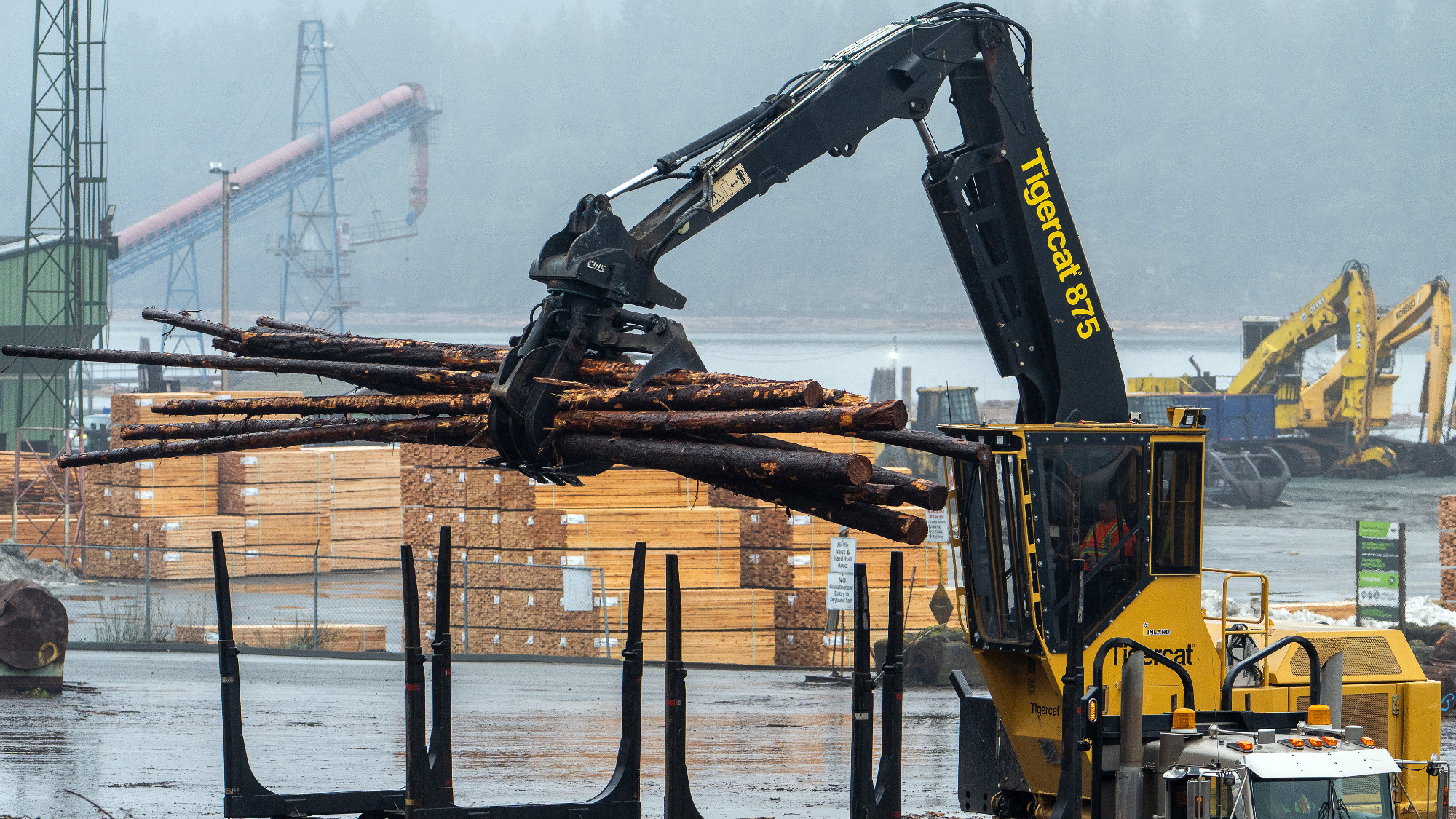
What happened
President Trump threw U.S. trade policy into chaos when he slapped steep tariffs on Canada, Mexico, and China, shaking financial markets and drawing promises of retaliation from America’s biggest trading partners. Defying hopes for an eleventh-hour reprieve, Trump put 25 percent tariffs on Mexican and Canadian imports and doubled an existing 10 percent tariff on Chinese goods. Canadian Prime Minister Justin Trudeau hit back, vowing duties on more than $100 billion in U.S. goods, while Ontario Premier Doug Ford pulled U.S. liquor from stores and threatened to cut off electricity exports to the U.S. “This is a very dumb thing to do,” said a visibly angry Trudeau, accusing the U.S. of pulling its “closest friend” into a fight that will “have no winners.” China imposed 10 to 15 percent tariffs on U.S. farm exports, including wheat and corn, while Mexican President Claudia Sheinbaum said countermeasures were forthcoming.
CEOs at Best Buy and Target warned of rising prices, and economists said consumers will quickly feel sticker shock from price spikes on goods from gas to avocados. A day after Commerce Secretary Howard Lutnick said Trump would “probably” meet Canada and Mexico “in the middle” on import duties, Trump approved a one-month pause on auto tariffs. But he held firm otherwise. “Other countries have used tariffs against us for decades, and now it’s our turn,” Trump said in his speech to Congress. “A little disturbance” lies ahead, he acknowledged, “but we’re OK with that.”
What the columnists said
Trump’s tariff blitz defies “common sense,” said The Wall Street Journal in an editorial. He thinks tariffs will “usher in a new golden age.” But “he’s whacking friends, not adversaries.” Canada and Mexico account for a third of our exports—more than $650 billion of American goods last year—and we rely on theirs: Mexico supplies 30 percent of our produce, and Canada 85 percent of the potash needed to fertilize U.S. farms. The tariffs will equate to a $150 billion annual tax increase on Americans. Is this how Trump “plans on helping working-class voters?”
The Week
Escape your echo chamber. Get the facts behind the news, plus analysis from multiple perspectives.

Sign up for The Week's Free Newsletters
From our morning news briefing to a weekly Good News Newsletter, get the best of The Week delivered directly to your inbox.
From our morning news briefing to a weekly Good News Newsletter, get the best of The Week delivered directly to your inbox.
This is “Trump’s most inexplicable decision yet,” said Rogé Karma in The Atlantic. There’s no strategy at work here, “or even political logic.” Trump says he wants to force Canada and Mexico to address illegal immigration and fentanyl trafficking. But just 0.2 percent of the fentanyl seized here last year came from Canada, and illegal southern-border crossings have hit “near-record lows.” Meanwhile, there’s no visible upside — and the prospect of renewed inflation poses a great political risk for Trump.
The chaos hits at a time when the U.S. economy is “already flashing yellow lights,” said Elisabeth Buchwald and Matt Egan in CNN.com. Spending is down and layoffs are up. Consumer confidence is sinking, and the Atlanta Federal Reserve Bank just projected a 2.8 percent GDP drop for the first quarter. Many voters picked Trump to steward the economy — but right now, its health “is looking less and less stable by the day.”
A free daily email with the biggest news stories of the day – and the best features from TheWeek.com
-
 Why is Iran facing its biggest protests in years?
Why is Iran facing its biggest protests in years?TODAY’S BIG QUESTION Iranians are taking to the streets as a growing movement of civic unrest threatens a fragile stability
-
 How prediction markets have spread to politics
How prediction markets have spread to politicsThe explainer Everything’s a gamble
-
 Magazine printables - Dec. 19, 2025
Magazine printables - Dec. 19, 2025Puzzle and Quizzes Magazine printables - Dec. 19, 2025
-
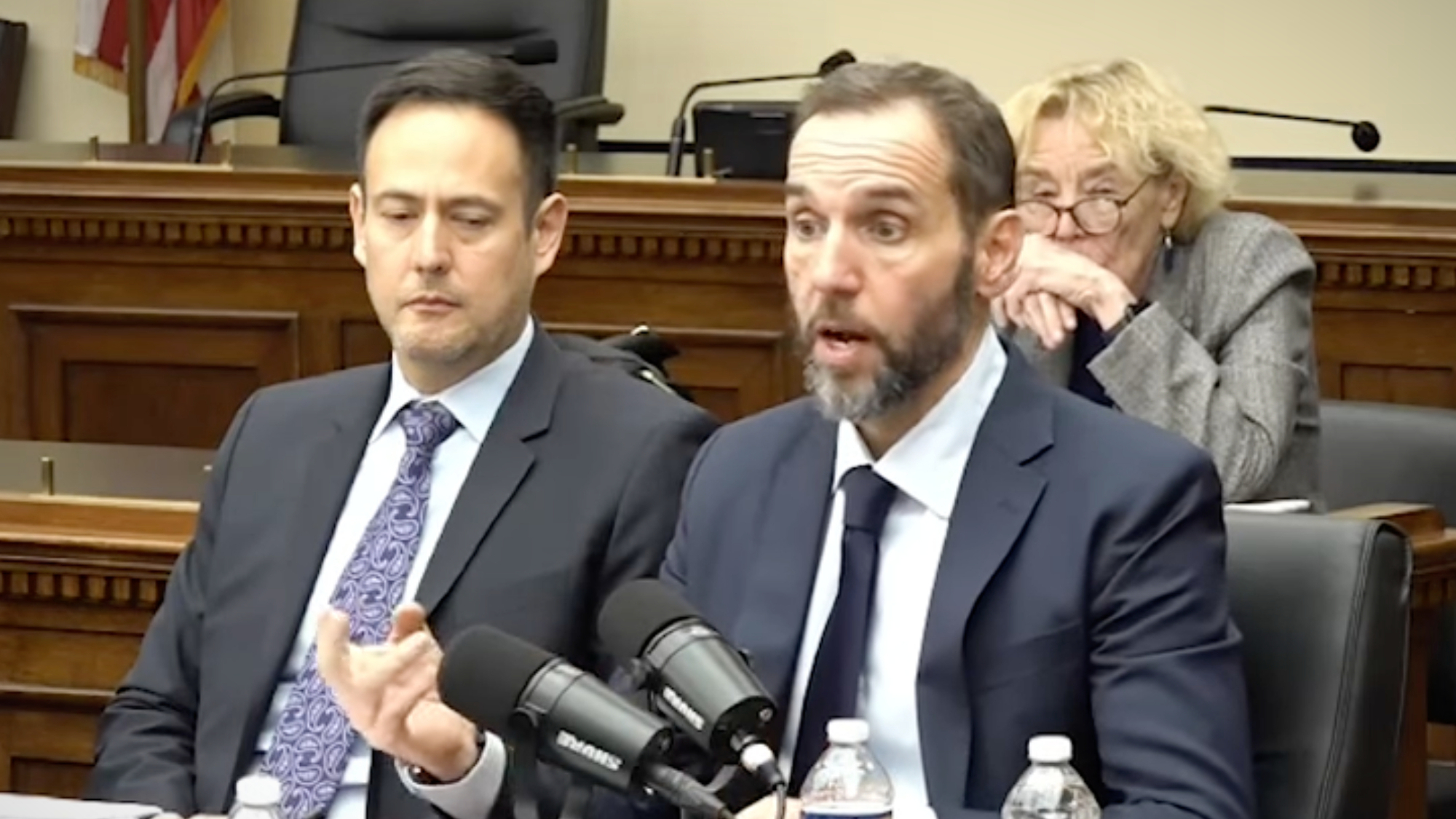 Jack Smith: Trump ‘caused’ Jan. 6 riot
Jack Smith: Trump ‘caused’ Jan. 6 riotSpeed Read
-
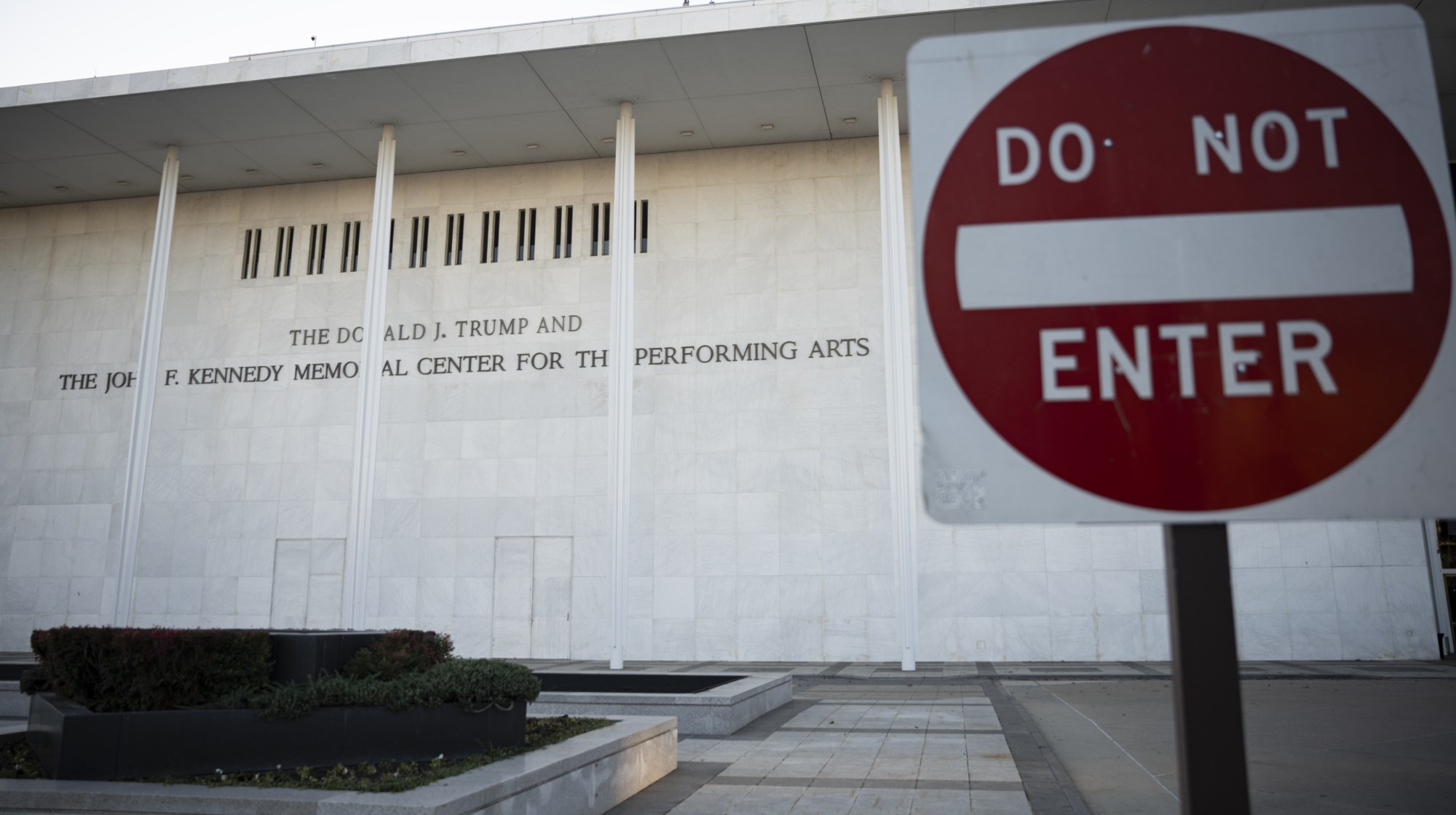 Wave of cancellations prompts Kennedy Center turmoil
Wave of cancellations prompts Kennedy Center turmoilIN THE SPOTLIGHT Accusations and allegations fly as artists begin backing off their regularly scheduled appearances
-
 Trump considers giving Ukraine a security guarantee
Trump considers giving Ukraine a security guaranteeTalking Points Zelenskyy says it is a requirement for peace. Will Putin go along?
-
 Why is Trump’s alleged strike on Venezuela shrouded in so much secrecy?
Why is Trump’s alleged strike on Venezuela shrouded in so much secrecy?TODAY'S BIG QUESTION Trump’s comments have raised more questions than answers about what his administration is doing in the Southern Hemisphere
-
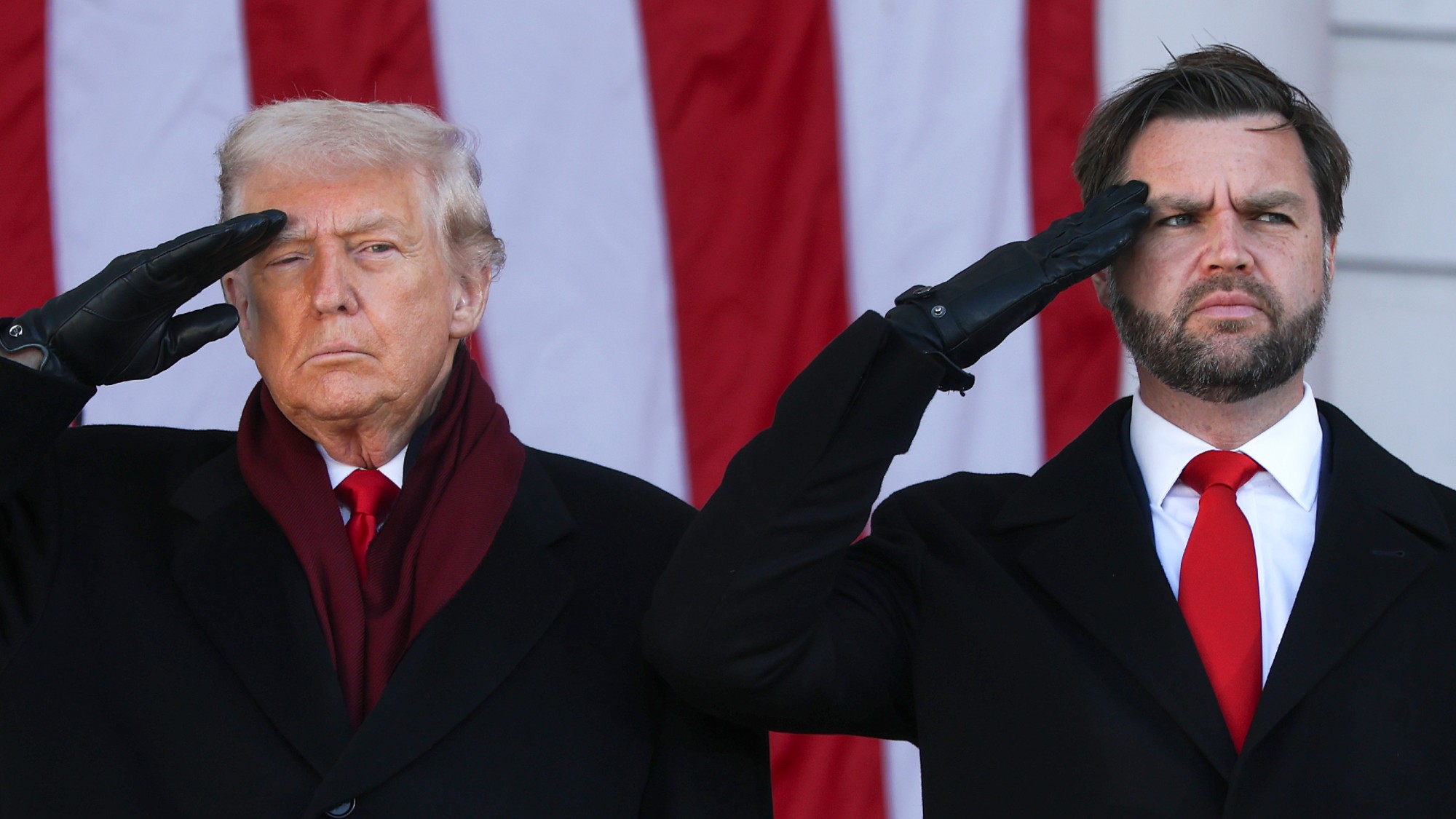 Vance’s ‘next move will reveal whether the conservative movement can move past Trump’
Vance’s ‘next move will reveal whether the conservative movement can move past Trump’Instant Opinion Opinion, comment and editorials of the day
-
 What have Trump’s Mar-a-Lago summits achieved?
What have Trump’s Mar-a-Lago summits achieved?Today’s big question Zelenskyy and Netanyahu meet the president in his Palm Beach ‘Winter White House’
-
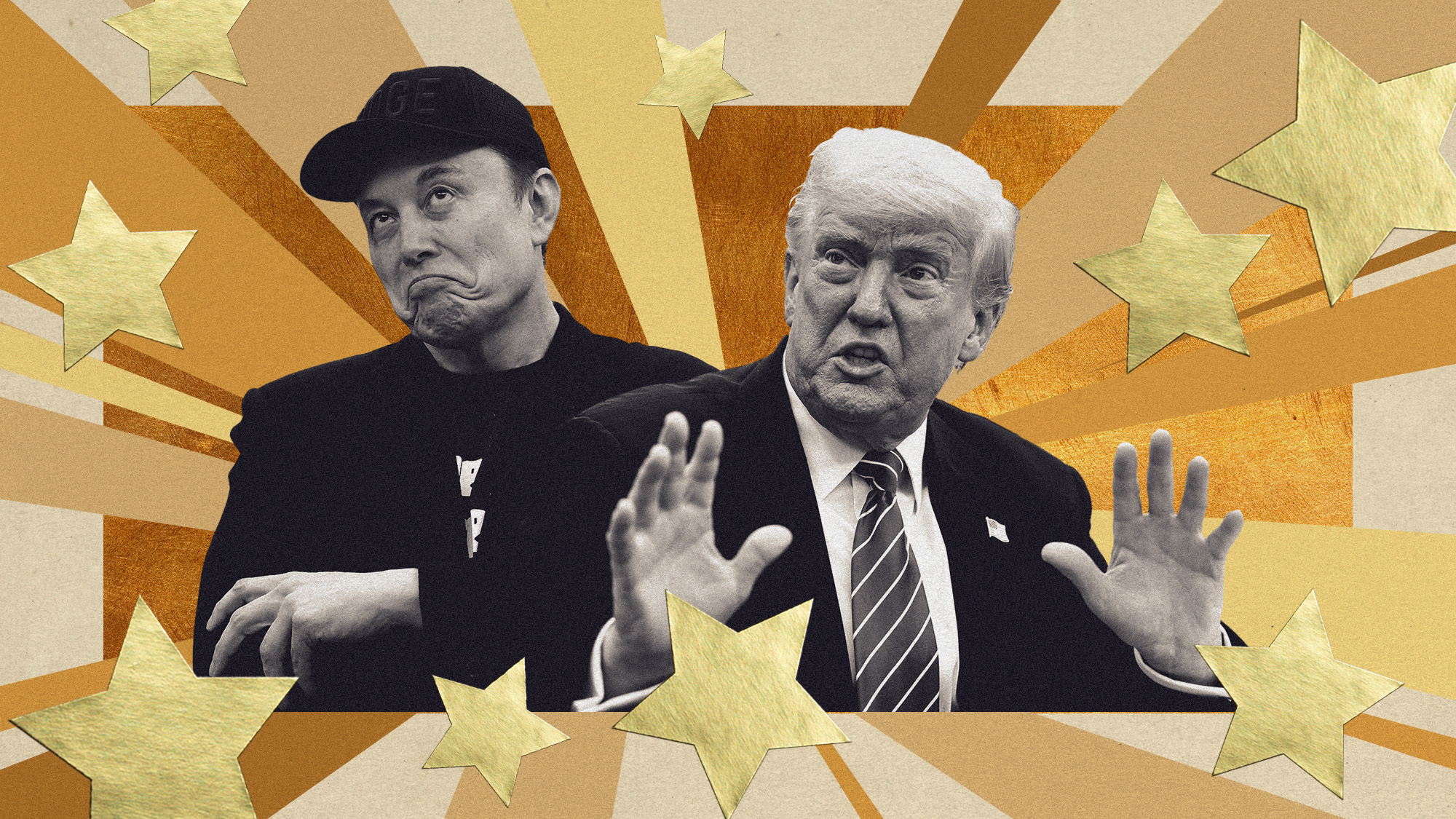 Biggest political break-ups and make-ups of 2025
Biggest political break-ups and make-ups of 2025The Explainer From Trump and Musk to the UK and the EU, Christmas wouldn’t be Christmas without a round-up of the year’s relationship drama
-
 Donald Trump’s squeeze on Venezuela
Donald Trump’s squeeze on VenezuelaIn Depth The US president is relying on a ‘drip-drip pressure campaign’ to oust Maduro, tightening measures on oil, drugs and migration